41 what is a tape diagram in 2nd grade math
Dec 12, 2016 — Your students continue to use tape diagrams as a visual tool to solve word problems. Now, they solve for an unknown in any position. Engage NY Eureka Math 2nd Grade Module 2 Lesson 10 Answer Key Eureka Math Grade 2 Module 2 Lesson 10 Problem Set Answer Key Use the RDW process to solve. Draw a tape diagram for
Feb 10, 2021 — A tape diagram is a pictorial model students can draw to represent a mathematical relationship or to develop understanding of a math concept ...

What is a tape diagram in 2nd grade math
Dec 27, 2016 — Your child continues to use tape diagrams as a visual tool to solve word problems. Now, he solves for an unknown in any position. Ratio problems can be solved using tables, tape diagrams, and double number lines. Learn how tables, tape diagrams and double number lines visualize ratios to solve problems. Some of the worksheets displayed are Student activity 3rd grade texas mathematics unpacked content Tape diagram session revised new orleans ppt notes Tape diagrams and double number lines visual tools for Modeling understandings of whole number multiplication Grade 4 work sta strip. Math Word Problems Grade 2 workbook introduces word problems with.
What is a tape diagram in 2nd grade math. Eureka Math Grade 3 Module 6 Lesson 2 Problem Set Answer Key. Question 1. Find the total number of stamps each student has. Draw tape diagrams with a unit size of 4 to show the number of stamps each student has. The first one has been done for you. Old English tæppe "narrow strip of cloth used for tying, measuring, etc.," of uncertain origin; perhaps [Klein] a back-formation from Latin tapete "cloth, carpet," compare also Old Frisian tapia, Middle Low German tapen "to pull, pluck, tear." The original short vowel became long in Middle English. Adhesive tape is from 1885; also in early use sometimes friction tape. Tape recorder "device for recording sound on magnetic tape" first attested 1932; from earlier meaning "device for recording data on ticker tape" (1892), from tape in the sense of "paper strip of a printer" (1884). Tape-record (v.) is from 1950. Tape-measure is attested from 1873; tape-delay is from 1968. Curriculum for Grade 2. Students master operations in the hundreds, perform exchanges confidently, and take first steps toward multiplication as they rely on number sense, place value understanding, and number flexibility. ... Distinguish between a story and a math problem. Use a tape diagram to model a word problem involving lengths. Hints are ... Printable Free Math Worksheets - Grade 1 to 8. Math worksheets consist of a variety of questions like Multiple choice questions (MCQs), Fill in the Blanks, essay format questions, matching questions, drag and drop questions, and many more.
Math Playground has hundreds of interactive math word problems for kids in grades 1-6. Solve problems with Thinking Blocks, Jake and Astro, IQ and more. Model your word problems, draw a picture, and organize information! "that is within, internal," 1590s, from in (adv.). Sense of "holding power" (the in party) first recorded c. 1600; that of "exclusive" (the in-crowd, an in-joke) is from 1907 (in-group); that of "stylish, fashionable" (the in thing) is from 1960. The tape diagram is a powerful model that students can use to solve various kinds of problems. In second grade, you will often see this model as an aid to ...2 pages Mar 27, 2021 · Engage NY Eureka Math 6th Grade Module 1 Lesson 26 Answer Key Eureka Math Grade 6 Module 1 Lesson 26 Example Answer Key. Example 1. Five of the 25 girls on Alden Middle School’s soccer team are seventh-grade students.
Eureka Math Grade 6 Module 1 Lesson 3 Exercise Answer Key. Exercise 1. Write a one-sentence story problem about a ratio. Answer: Answers will vary. The ratio of the number of sunny days to the number of cloudy days in this town is 3: 1. Write the ratio in two different forms. Answer: 3: 1 and 3 to 1. Tape Diagram Multiplication WORD PROBLEM Task Cards Set 2Please see the preview. Ad Includes all topics. For example they will use a tape diagram to think of 5 times two-thirds not only as 5 groups of two-thirds but as the result of an amount 5 x 2 3. Each worksheet is aligned to the 7th Grade Common Core Math Standards. American English shortening of mathematics, 1890; the British preference, maths, is attested from 1911. "Math. is used as an abbreviation in written English in the U.K. but not in speech, the normal form being Maths" [OED]. c. 1600, "furnish with tape," from tape (n.). Meaning "attach with adhesive tape" is from 1932; meaning "to make a tape recording" is from 1950. Related: Taped; taping.
EngageNY math 2nd grade 2 Eureka, worksheets, Addition and Subtraction Within 20, videos, worksheets, games and activities that are suitable for Common Core Math Grade 2, by grades, by domains, examples and step by step solutions ... Represent equal groups with tape diagrams, and relate to repeated addition. (Video Lesson) ... Identify unknown ...
A group of college students were given a . Find 'identify independent dependent variables' math worksheets to practice and explore hundreds of other free math and english language arts learning . 6th grade independent and dependent variables worksheets printable . A student wanted to test how the mass of a .
Reporting category 2, teks 4(5)(a). Find strip diagram lesson plans and teaching resources. Strip diagrams and equations in problem solving situations in preparation for. equivalent fractions on number lines. Description teach algebraic thinking with 4th grade strip diagrams or tape diagrams. This product includes 12 math worksheets for .
The line of dots on the tape is called a ticker tape diagram. You can measure the distances between the dots to see how far the object traveled during each 0.1 or 0.2 seconds.
1650s, "to arrange in grades," from grade (n.). Meaning "to reduce (a road, etc.) to a level or degree of inclination" is from 1835. Meaning "assign a letter mark to" is from 1931. Related: Graded; grading.
Tape diagrams are visual representations that represent the sections of a ratio by using rectangles. As they are a visual model it takes attention to detail to ...
c. Draw a tape diagram to compare two of the lengths. Answer: Explanation: Drawn a tape diagram to compare two of the lengths. as Path 2 is 1 cm more than Path 3 as shown above. Question 3. Estimate the length of the path below in centimeters. a. The path is about __18___ cm long.
Architects on the ready! Practice finding the area while giving kids the opportunity to build a pool in this hands-on math game. Kids will love having control of the game and letting their imaginations run wild while creating a pool with a set area.
2nd grade. Math. Game. Fish Bowl Addition. Game. ... Kids help Elliott prepare treasures for her museum by answering word problems by using a tape diagram. 3rd grade. Math. Game. Jumpy: Two-Digit Addition Word Problems. ... Learners practice deciphering two-digit subtraction word problems with this second-grade math game! 2nd grade. Math. Game ...
Eureka Math Grade 5 Module 4 Lesson 4 Problem Set Answer Key. Question 1. Draw a tape diagram to solve. Express your answer as a fraction. Show the multiplication sentence to check your answer. The first one is done for you. Question 2. Fill in the chart. The first one is done for you.
The math teacher, Ms. Jones, has 10 ninth grade students and 20 tenth grade students in her class. The ratio of ninth grade students to tenth grade students is 10 to 20 or 1 to 2.
Doubles Fact Math 2Nd Grade / Math Addition Facts To 20 /. The math lesson is appropriate for students in 1st and 2nd grades,. In a doubles fact, the numbers being added are the same. The purpose of this lesson is to teach second grade students the concept of. The doubles facts are addition facts in which a number .
Play Thinking Blocks Addition at Math Playground! Model and solve word problems with addition and subtraction. ... Kindergarten. 1st Grade. 2nd Grade. 3rd Grade. 4th Grade. 5th Grade. 6th Grade. Basic Version - No Themes or Artwork. Thinking Blocks Addition - Learning Connections Essential Skills Problem Solving - model and solve word problems ...
the adverb in attached to a verb as a word-forming element, by 1960, abstracted from sit-in, which is attested from 1941 in reference to protests and 1937 in reference to labor union actions (which probably was influenced by sit-down strike) but was popularized in reference to civil disobedience protests aimed at segregated lunch counters. As a word-forming element at first of other types of protests, extended by 1965 to any sort of communal gathering (such as love-in, 1967).
Eureka Math Grade 6 Module 1 Lesson 26 Exit Ticket Answer Key. Question 1. Find 40% of 60 using two different strategies, one of which must include a pictorial model or diagram. Question 2. 15% of an amount is 30. Calculate the whole amount using two different strategies, one of which must include a pictorial model.
Tape diagrams by Keri toponce - December 3, 2014. ... 6 years ago. Like. Math · Elementary Math · 2nd Grade Math · Addition · subtraction. Related ShowMes.
May 07, 2021 · Engage NY Eureka Math 5th Grade Module 1 Lesson 13 Answer Key Eureka Math Grade 5 Module 1 Lesson 13 Sprint Answer Key A Subtract Decimals Question 1. 5 – 1 = Answer:- …
Old English hwæt, referring to things in abstraction; also "why, wherefore; indeed, surely, truly," from Proto-Germanic pronoun *hwat (source also of Old Saxon hwat, Old Norse hvat, Danish hvad, Old Frisian hwet, Dutch wat, Old High German hwaz, German was, Gothic hva "what"), from PIE *kwod, neuter singular of *kwos "who," from PIE root *kwo-, stem of relative and interrogative pronouns. Corresponding to Latin quid. Meaning "what did you say?" is recorded from c. 1300. As an adjective and adverb, in Old English. As a conjunction in late Old English. Exclamatory use was in Old English. What the _____ (devil, etc.) as an exclamation of surprise is from late 14c. As an interrogative expletive at the end of sentences from 1891; common in affected British speech. Or what as an alternative end to a question is first attested 1766. What have you "anything else one can think of" is from 1925. What's up? "what is happening?" first recorded 1881. "To give one what for is to respond to his remonstrant what for? by furt

Coleman To Solve The Problem Below Try Using A Tape Diagram It S An Example Of How Different Ways Of Doing Math Can Make Hard Problems Easy The 74
Third grade math vocabulary. Learn all definitions with illustrated examples and practice lots of Third grade math problems with fun math worksheets at SplashLearn. SplashLearn is an award winning math learning program used by more than 40 Million kids for fun math practice.
1610s, "an illustrative figure giving only the outlines or general scheme of the object;" 1640s in geometry, ";a drawing for the purpose of demonstrating the properties of a figure;" from French diagramme, from Latin diagramma ";a scale, a musical scale," from Greek diagramma "geometric figure, that which is marked out by lines," from diagraphein "mark out by lines, delineate," from dia "across, through" (see dia-) + graphein "write, mark, draw" (see -graphy). Related: Diagrammatic; diagrammatically. The verb, "to draw or put in the form of a diagram," is by 1822, from the noun. Related: Diagrammed; diagramming.
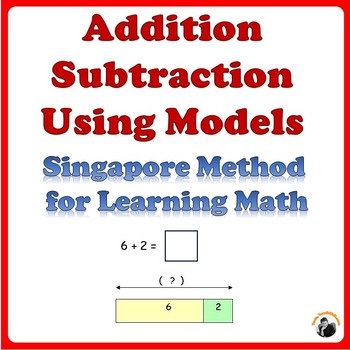
Free Math Lesson Addition Subtraction Solve Word Problems Math Worksheets Bar Model Tape Diagram The Best Of Teacher Entrepreneurs Marketing Cooperative
Eureka Math Grade 4 Module 1 Lesson 18 Exit Ticket Answer Key. Draw a tape diagram to represent the problem. Use numbers to solve, and write your answer as a statement. Park A covers an area of 4,926 square kilometers. It is 1,845 square kilometers larger than Park B. Park C is 4,006 square kilometers larger than Park A. Question 1.
";a mowing, what is gathered from mowing," Old English mæð "mowing, cutting of grass," from Proto-Germanic *mediz (source also of Old Frisian meth, Old High German mad, German Mahd "mowing, hay crop"), from PIE root *me- (4) "to cut down grass or grain." Obsolete except in figurative aftermath.
problems by reasoning about tables of equivalent ratios, tape diagrams, double number line diagrams or equations Standards of Mathematical Practice (SMP's) Make sense of problems and persevere in solving them, Use appropriate tools strategically Model with mathematics notice when analyzing a ratio table? Vocabulary: The following terms and symbols are often misunderstood.
Eureka Math Grade 3 Module 2 Lesson 16 Problem Set Answer Key. Question 1. Find the sums below. 2. Lane makes sauerkraut. He weighs the amounts of cabbage and salt he uses. Draw and label a tape diagram to find the total weight of the cabbage and salt Lane uses. Question 3. Sue bakes mini-muffins for the school bake sale.
Eureka Math Grade 4 Module 1 Lesson 18 Problem Set Answer Key. Draw a tape diagram to represent each problem. Use numbers to solve, and write your answer as a statement. Question 1. In one year, the factory used 11,650 meters of cotton, 4,950 fewer meters of silk than cotton, and 3,500 fewer meters of wool than silk.
Solve using mental math. Draw a tape diagram and fill in the blanks to show your thinking. The first one is partially done for you. a. 19 × 25 = __nineteen_____ twenty-fives ... Eureka Math Grade 5 Module 2 Lesson 4 Exit Ticket Answer Key. Solve using mental math. Draw a tape diagram and fill in the blanks to show your thinking.
2. Concrete to abstract: measure lengths of string using measurement tools; represent length with tape diagrams to ... 2nd Grade Math.2 pages
Engage NY Math Grade 2 Module 6 Lesson 1: Supplement your EngageNY Math classes with this packet! Students will use flip book, application problem, ...
1510s, "degree of measurement," from French grade "grade, degree" (16c.), from Latin gradus ";a step, a pace, gait; a step climbed (on a ladder or stair);" figuratively ";a step toward something, a degree of something rising by stages," from gradi (past participle gressus) "to walk, step, go," from PIE root *ghredh- "to walk, go." It replaced Middle English gree ";a step, degree in a series," from Old French grei "step," from Latin gradus. Meaning "inclination of a road or railroad" is from 1811. Meaning "class of things having the same quality or value" is from 1807; meaning "division of a school curriculum equivalent to one year" is from 1835; that of "letter-mark indicating assessment of a student's work" is from 1886 (earlier used of numerical grades). Grade A "top quality, fit for human consumption" (originally of milk) is from a U.S. system instituted in 1912. To figuratively make the grade "be successful" is from 1912; early examples do not make clear whether the literal grade in mind was one of elevation
Some of the worksheets displayed are Student activity 3rd grade texas mathematics unpacked content Tape diagram session revised new orleans ppt notes Tape diagrams and double number lines visual tools for Modeling understandings of whole number multiplication Grade 4 work sta strip. Math Word Problems Grade 2 workbook introduces word problems with.
Ratio problems can be solved using tables, tape diagrams, and double number lines. Learn how tables, tape diagrams and double number lines visualize ratios to solve problems.
Dec 27, 2016 — Your child continues to use tape diagrams as a visual tool to solve word problems. Now, he solves for an unknown in any position.
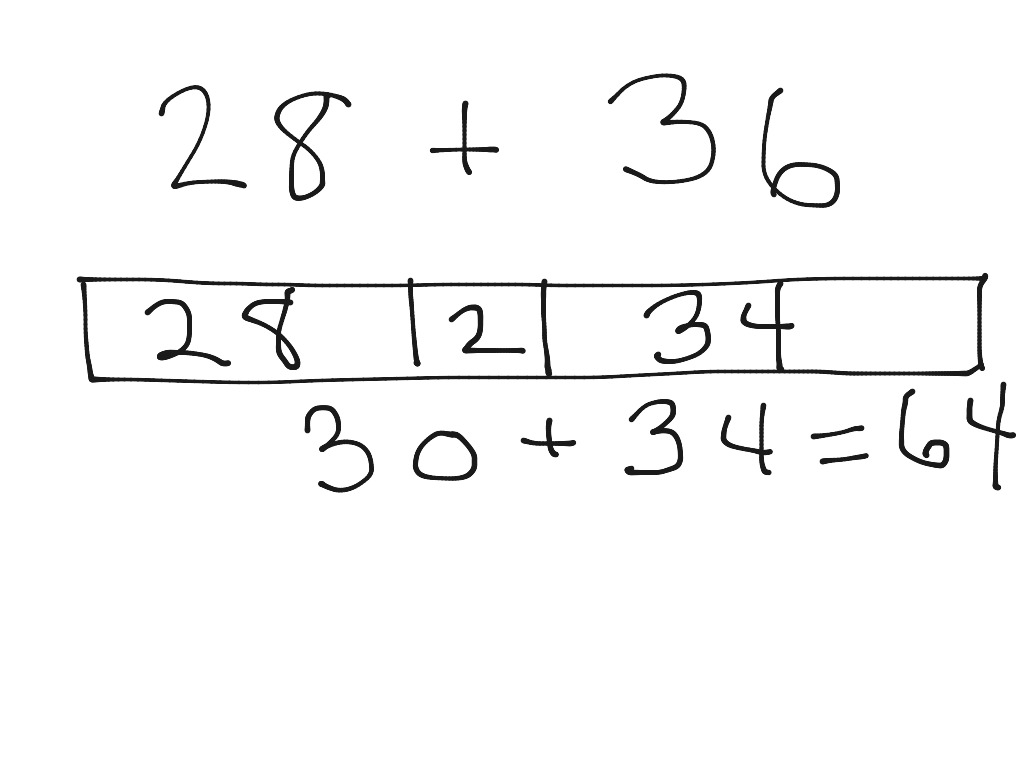
Addition Using A Tape Diagram To Show The Compensation Strategy Math Elementary Math 2nd Grade Math Addition Showme









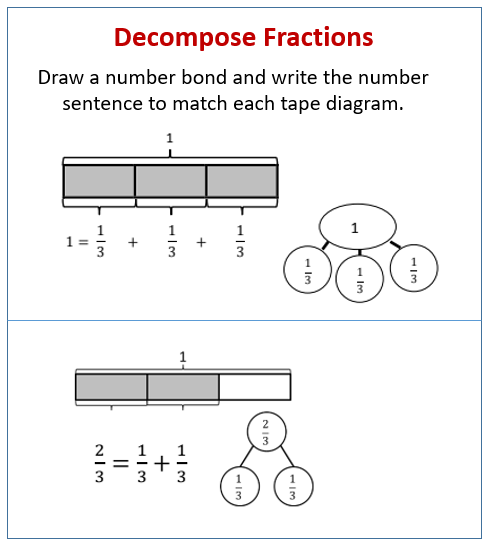







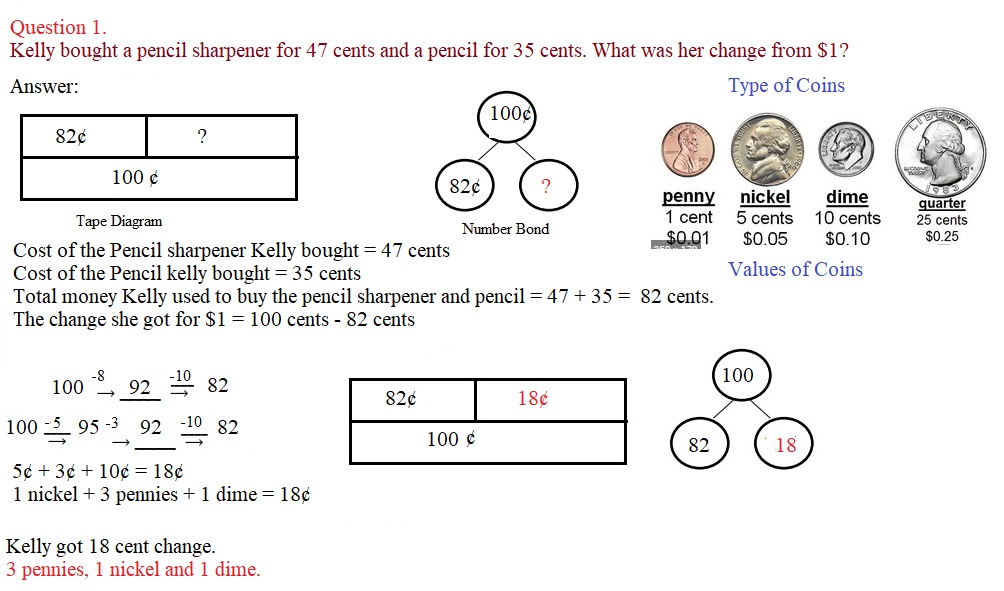


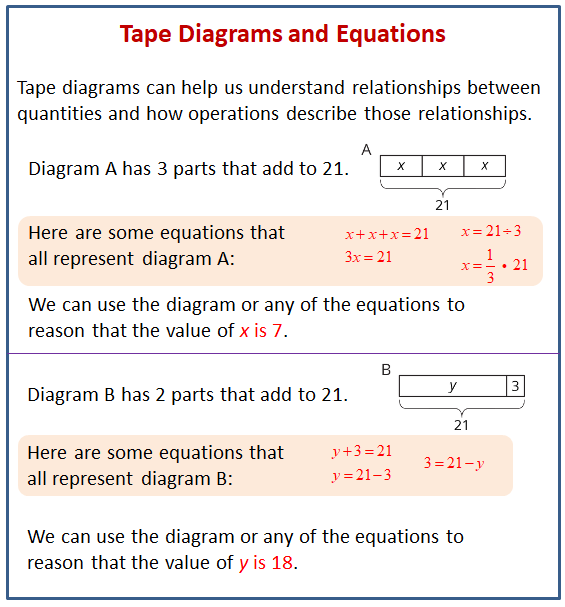




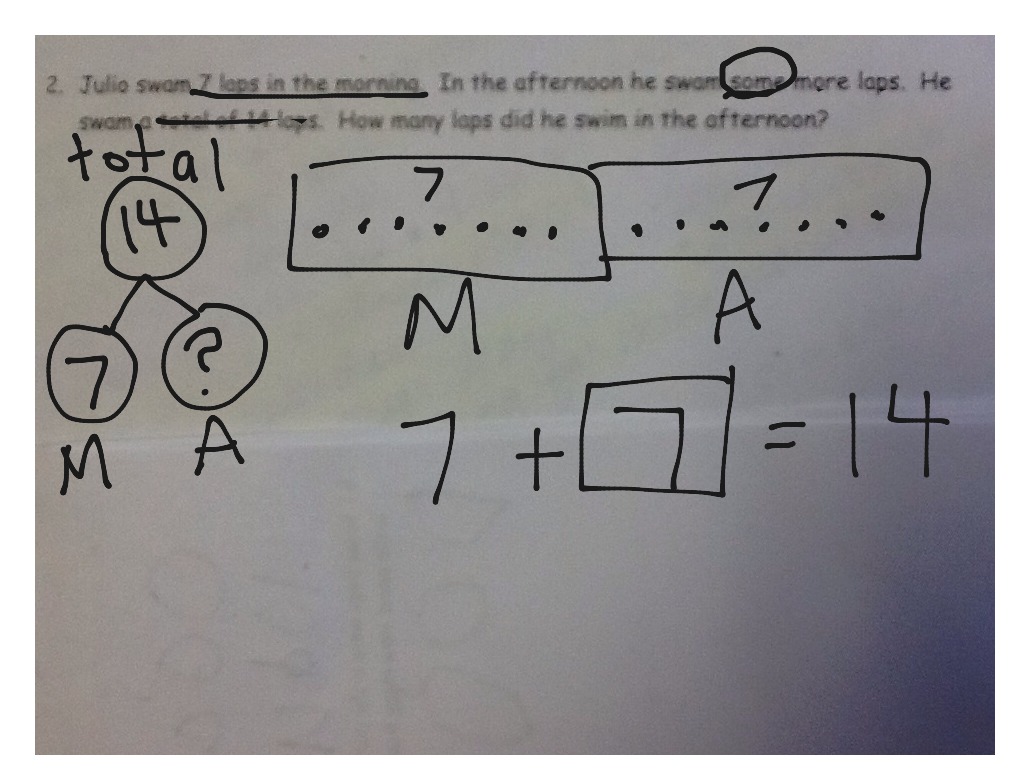

Comments
Post a Comment